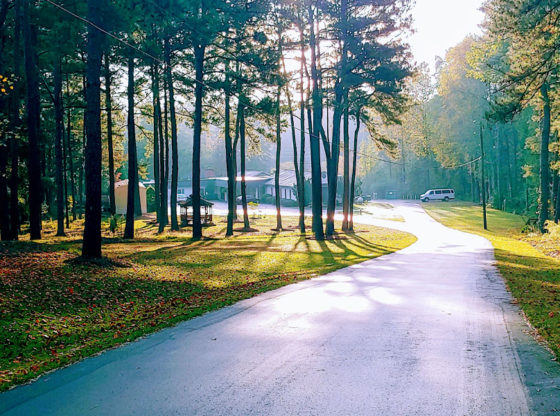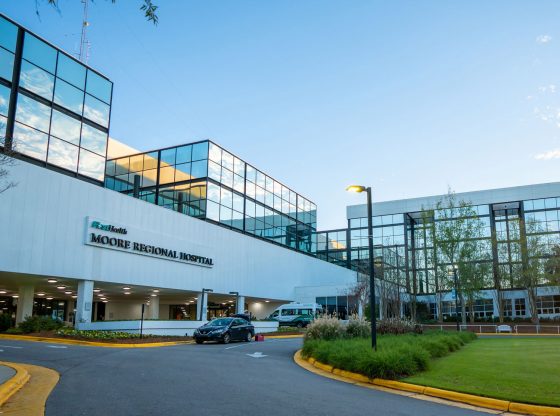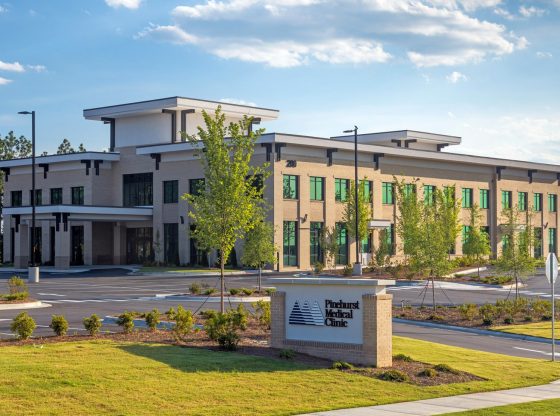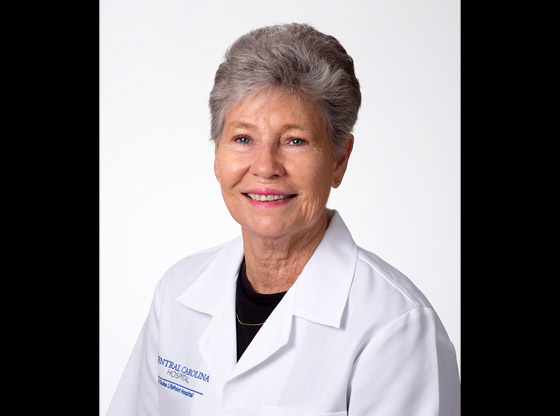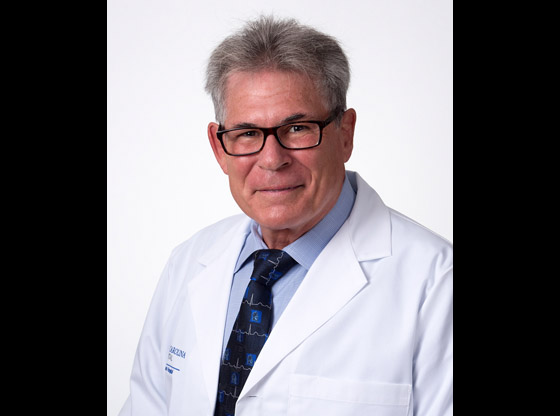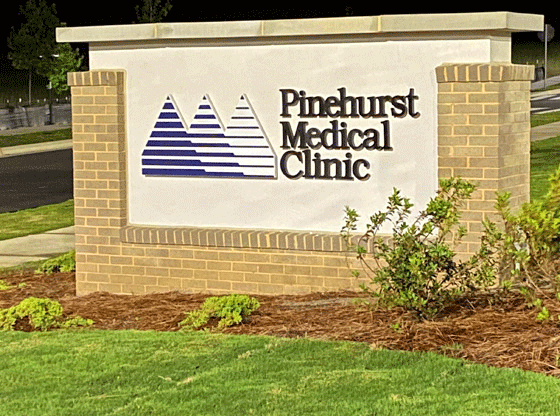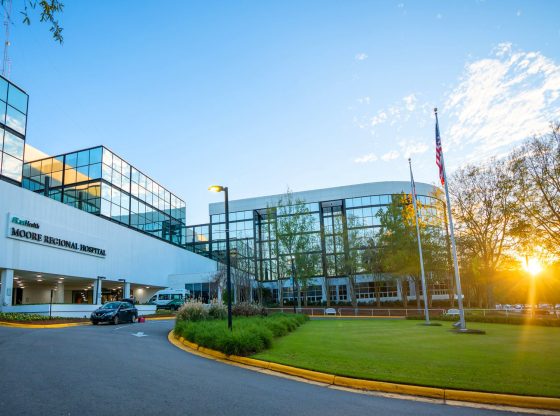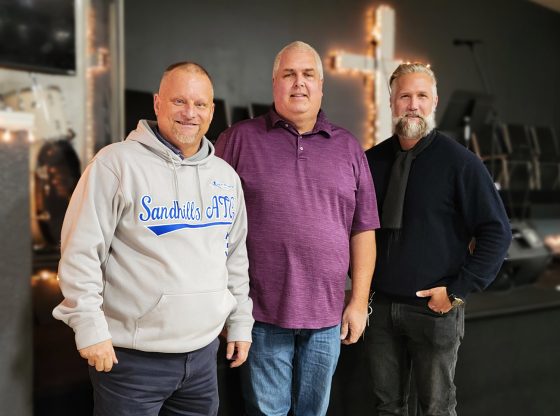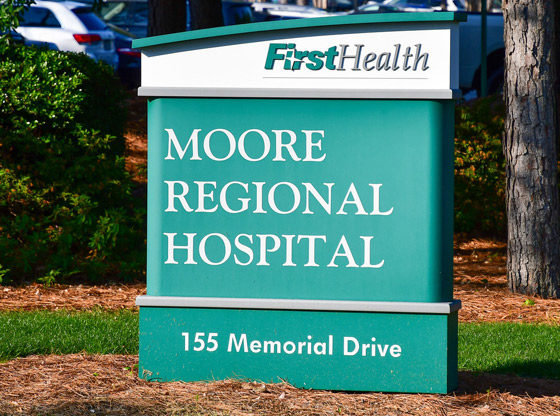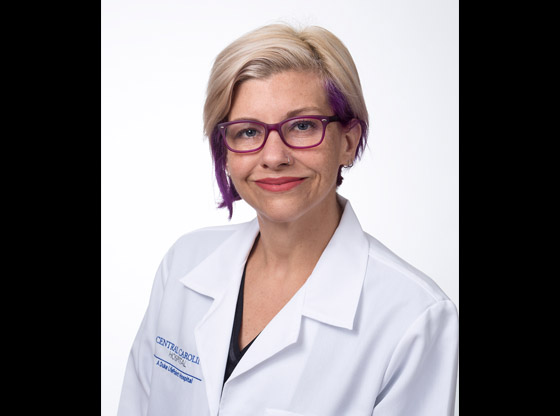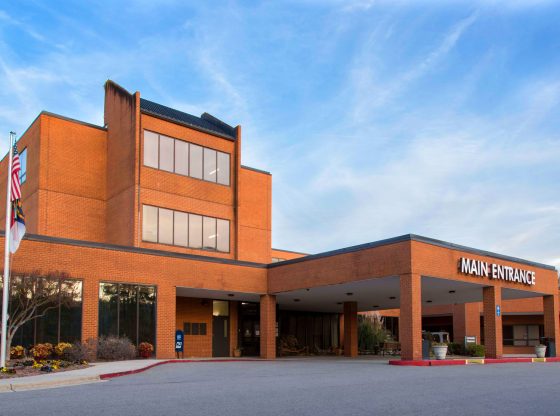The Problem
Few things carry more of a stigma in our society than an individual struggling with alcohol or drug addiction. And yet, you would be hard-pressed to find a family that has not been touched by addiction in some shape or form.
Federal and state statistics reflect a frightening upward trend in substance use disorders. According to the National Center for Drug Abuse Statistics, since 2000, there have been over 700,000 deaths due to drug overdoses in the U.S. In 2017, there were over 70,000 deaths caused by a drug overdose. This number reflects a 21% increase from the previous year in which 64,070 people died from drug overdoses.
According to the same agency, approximately 75% of all overdose deaths are caused by opioids. This classification of drugs includes prescribed painkillers (hydrocodone, oxycodone, tramadol, morphine), as well as the street drugs heroin and fentanyl.
Overdose data from the North Carolina Opioid Dashboard reveals a dramatic increase from the fourth quarter of 2019 to the end of June 2020, across the state and locally. In the fourth quarter of 2019, in North Carolina, there were a total of 375 unintentional opioid-related deaths. For the first six months of 2020, this number across the state jumped to 1,630.
Moore County’s statistics mirror the state’s ascending direction. In the last three months of 2019, there were two unintentional opioid-related deaths in Moore County. From January-June 2020, that number increased to 17. This year has brought us the unprecedented event of COVID-19, which has resulted in rising unemployment rates, higher levels of stress and an uncertain future for many. It is not speculation to suspect that COVID-19 has led to an increase in alcohol and drug use.
In addition to the societal stigma attached to addiction, there is a lack of affordable residential treatment programs. If you happen to fall into a lower income bracket, you have an additional barrier to receiving treatment that could save your life.
The Longevity of a Local Resource
A place of hope resides just over the Moore County line in Richmond County. Located on 25 acres in Rockingham, Samaritan Colony has been helping men in the Sandhills area overcome their struggles with alcohol and drug addiction for the last 45 years.
Samaritan Colony, also known as “The Colony,” has been a place of healing and recovery since 1975 when they first opened their doors as a residential alcohol treatment facility. Over the last 45 years, Samaritan Colony has helped over 5,000 men learn to live a life of recovery and has helped families begin to heal.
Moore County resident Seth Bennett talks about his experience at Samaritan Colony. Contributed video.
Samaritan Colony provides services to nine counties – Richmond, Moore, Lee, Montgomery, Anson, Harnett, Hoke, Gilford and Randolph. Roughly 40% of the clients seeking treatment are from Moore County.
Program Description
Samaritan Colony provides an addiction treatment program that follows the 12 step program. Treatment is not free; however, no one is ever turned away due to lack of funds. If an individual resides in one of the nine counties serviced by Samaritan Colony and is applying for admission, the staff will work to devise a plan if money is an obstacle for treatment.
Samaritan Colony is a registered 501 (C)(3) nonprofit, and donations to the facility are tax-deductible.
Harold Pearson is the Executive Director of Samaritan Colony. In addition to putting in place the long term vision of the facility and managing the day to day operations, Harold is also a Licensed Clinical Addiction Specialist (LCAS).
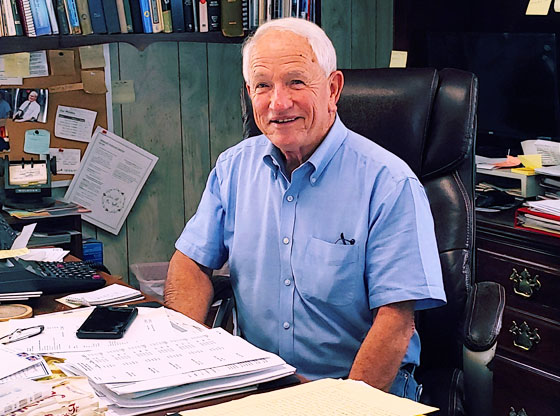
Executive Director Harold Pearson.
Q: Harold, how did you first come to Samaritan Colony?
HP: I first came to Samaritan Colony as a client for treatment in 1981. At that time, it was a two- month program. Upon completion of the program, I was given an opportunity to stay on. And I’m still here.
Q: What differentiates the treatment program at Samaritan Colony from other residential treatment facilities?
HP: One thing that sets us apart is the longevity of our program and employees here at Samaritan Colony. All of our counselors have gone through the treatment program here at Samaritan Colony, and our staff has a total of 89 years combined experience in working in the field of addiction. We are one of the few treatment centers in North Carolina that has a Chapel on premises, and we have a spiritual service every Sunday morning at 9 am. (Prior to COVID-19, our services were open to clients and their families, former clients and the public).
Q: Harold, you wear several hats in running Samaritan Colony. You are a LCAS working hands-on with the clients that come in for treatment. Balancing that with the responsibilities of running a nonprofit organization—an organization that saves lives and keeps families together. What is the biggest challenge you face?
HP: When working with clients, convincing families that addiction is a family illness. And that they have issues that need to be addressed as well.
Q: How has COVID-19 impacted Samaritan Colony?
HP: We have had to limit access to onsite recovery meetings that were once open to the public to only the residents in our program. Family visitation and family programs have been discontinued. Each client must have a negative COVID test from a medical facility prior to entering our program.
Q: How can the people of Moore County, and the surrounding areas help support the work of Samaritan Colony?
HP: Being a nonprofit that serves the community, we depend on the generosity of our supporters that have helped to keep our doors open for the last 45 years. Moving forward, we need to expand our donor base to help us fund the construction of the Women’s Recovery Center.
Women’s Recovery Center—An Eye on the Future
While Samaritan Colony has been focused on providing treatment for men struggling to overcome addictions to both drugs and alcohol, Harold and his dedicated team have an eye on the future with plans to open a Women’s Recovery Center on the opposite end of the property.
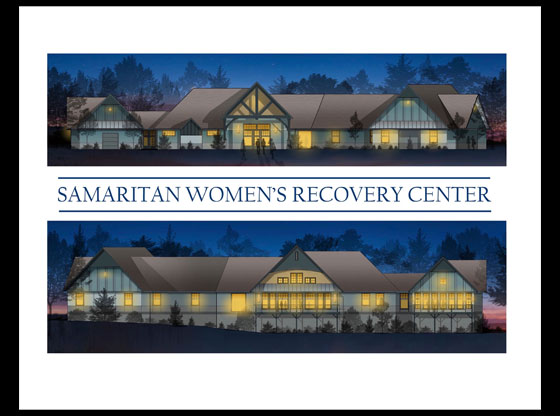
Contributed photo.
The target date for this second facility to break ground is the fall of 2021, and the projected cost for construction is $3 million. Sandhills Center, a long-time financial backer for Samaritan Colony, has committed $1.5 million towards the project, leaving a fundraising goal of $1.5 million.
Samaritan Colony is currently seeking partners, corporate sponsors and financial support from the community to help make the dream of a residential treatment center for women in the Sandhills a reality.
If you would like to be added to Samaritan Colony’s email list to be kept apprised of the progress of the Women’s Recovery Center please send an email to [email protected].
How You Can Help
To make a tax-deductible donation to Samaritan Colony, please click here.
To learn more about the work of Samaritan Colony, please visit their website. You can follow them on their Facebook page.
Feature photo: Samaritan Colony in Rockingham.
 ~ Article and photos by Maggie Sergio, Sandhills Sentinel reporter and Director of Development for Samaritan Colony.
~ Article and photos by Maggie Sergio, Sandhills Sentinel reporter and Director of Development for Samaritan Colony.


